F. Hoyle
The 2dF QSO Redshift Survey - IV. The QSO power spectrum from the 10k catalogue
Hoyle, F.; Outram, P.J.; Shanks, T.; Croom, S.M.; Boyle, B.J.; Loaring, N.S.; Miller, L.; Smith, R.J.
Authors
P.J. Outram
Thomas Shanks tom.shanks@durham.ac.uk
Emeritus Professor
S.M. Croom
B.J. Boyle
N.S. Loaring
L. Miller
R.J. Smith
Abstract
We present a power spectrum analysis of the 10k catalogue from the 2dF QSO Redshift Survey. Although the Survey currently has a patchy angular selection function, we use the Virgo Consortium's Hubble Volume simulation to demonstrate that we are able to make a useful first measurement of the power spectrum over a wide range of scales. We compare the redshift-space power spectra of QSOs with those measured for galaxies and Abell clusters at low redshift and find that they show similar shapes in their overlap range, , with . The amplitude of the QSO power spectrum at is almost comparable to that of galaxies at the present day if and (the Λ cosmology), and a factor of ≈ 3 lower if (the EdS cosmology) is assumed. The amplitude of the QSO power spectrum is a factor of ≈ 10 lower than that measured for Abell clusters at the present day. At larger scales, the QSO power spectra continue to rise robustly to ≈ 400 h1 Mpc, implying more power at large scales than in the APM galaxy power spectrum measured by Baugh & Efstathiou. We split the QSO sample into two redshift bins and find little evolution in the amplitude of the power spectrum, consistent with the result for the QSO correlation function. In models with this represents evidence for a QSO-mass bias that evolves as a function of time. We compare the QSO power spectra with cold dark matter (CDM) models to obtain a constraint on the shape parameter, Γ. For two choices of cosmology , and , , we find that the best-fitting model has . In addition, we have shown that a power spectrum analysis of the Hubble Volume ΛCDM mock QSO catalogues with as input produces a result that is statistically consistent with the data. The analysis of the mock catalogues also indicates that the above results for Γ are unlikely to be dominated by systematic effects, owing to the current catalogue window. We conclude that the form of the QSO power spectrum shows large-scale power significantly in excess of the standard CDM prediction, similar to that seen in local galaxy surveys at intermediate scales.
Citation
Hoyle, F., Outram, P., Shanks, T., Croom, S., Boyle, B., Loaring, N., …Smith, R. (2002). The 2dF QSO Redshift Survey - IV. The QSO power spectrum from the 10k catalogue. Monthly Notices of the Royal Astronomical Society, 329(2), 336-348. https://doi.org/10.1046/j.1365-8711.2002.04989.x
| Journal Article Type | Article |
|---|---|
| Publication Date | 2002-01 |
| Deposit Date | Apr 29, 2008 |
| Publicly Available Date | Apr 29, 2008 |
| Journal | Monthly Notices of the Royal Astronomical Society |
| Print ISSN | 0035-8711 |
| Electronic ISSN | 1365-2966 |
| Publisher | Royal Astronomical Society |
| Peer Reviewed | Peer Reviewed |
| Volume | 329 |
| Issue | 2 |
| Pages | 336-348 |
| DOI | https://doi.org/10.1046/j.1365-8711.2002.04989.x |
| Keywords | Surveys, Quasars, Cosmology observations, Large-scale structure of Universe. |
| Public URL | https://durham-repository.worktribe.com/output/1589605 |
Files
Other material
(498 Kb)
PDF
You might also like
On statistical lensing and the anticorrelation between 2dF QSOs and foreground galaxies
(2005)
Journal Article
The 2dF QSO Redshift Survey- XV. Correlation analysis of redshift-space distortions
(2005)
Journal Article
Constraining β(z) and Ω⁰<SUB>m</SUB> from redshift-space distortions in z~ 3 galaxy surveys
(2005)
Journal Article
Radio-quiet objects in the 2QZ survey
(2005)
Journal Article
Downloadable Citations
About Durham Research Online (DRO)
Administrator e-mail: dro.admin@durham.ac.uk
This application uses the following open-source libraries:
SheetJS Community Edition
Apache License Version 2.0 (http://www.apache.org/licenses/)
PDF.js
Apache License Version 2.0 (http://www.apache.org/licenses/)
Font Awesome
SIL OFL 1.1 (http://scripts.sil.org/OFL)
MIT License (http://opensource.org/licenses/mit-license.html)
CC BY 3.0 ( http://creativecommons.org/licenses/by/3.0/)
Powered by Worktribe © 2025
Advanced Search
